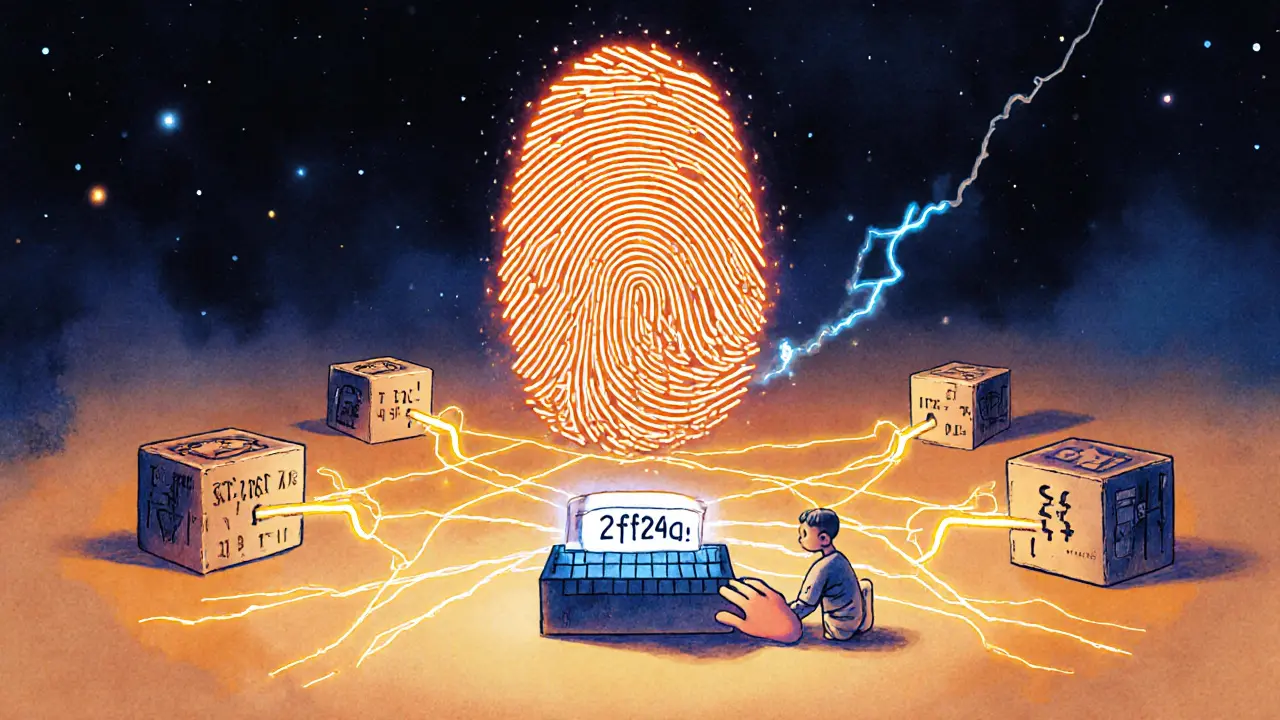Blockchain Integrity: Why Trust Matters in Crypto and How to Spot Real Networks
When we talk about blockchain integrity, the unbreakable chain of verified transactions that keeps crypto networks honest. It's what stops someone from spending the same Bitcoin twice, or faking a transaction to steal your funds. Without it, crypto is just digital noise—pretty graphics on a screen with no real backing. Real blockchain integrity means the system can’t be tampered with, even by the people who run it. That’s why projects like Bitcoin and Ethereum survive: their code is public, their history is permanent, and no single person controls the ledger.
But not every blockchain lives up to that standard. Look at EvmoSwap, a fake exchange pretending to be built on the Evmos blockchain. It looks real, but it has zero trading volume, no audits, and no users—just a website with flashy animations. That’s a breakdown in blockchain integrity, the core principle that separates real decentralized systems from empty shells. The same goes for Bitcoin 2.0, an ERC-20 token with no team, no whitepaper, and infinite supply. It doesn’t upgrade Bitcoin—it hijacks its name. And then there’s decentralized identity, a system that lets you own your online profile without handing it to Google or Facebook. When DID works right, it protects your data. When it’s fake, it’s just another way to collect your info under the guise of freedom.
Blockchain integrity isn’t magic. It’s built from clear rules, open code, and real economic incentives. Projects that skip audits, hide their team, or promise impossible returns are breaking the rules. You’ll see this in SheepDex, a DEX with no trades, no liquidity, and no users, or in meme coins like CHEEPEPE, a Solana token with 96% price drop and zero liquidity. These aren’t bugs—they’re features of scams. Real integrity means you can verify everything yourself: who built it, how it works, and where the money flows.
What you’ll find below aren’t just reviews. They’re investigations into what keeps crypto alive—and what kills it. From exchange scams hiding behind blockchain names to airdrops that actually reward real participation, each post cuts through the noise. You’ll learn how to spot a fake DEX, why tokenomics matter more than hype, and how to protect your assets when blockchain integrity is on the line. This isn’t theory. It’s survival in a space full of look-alikes.
